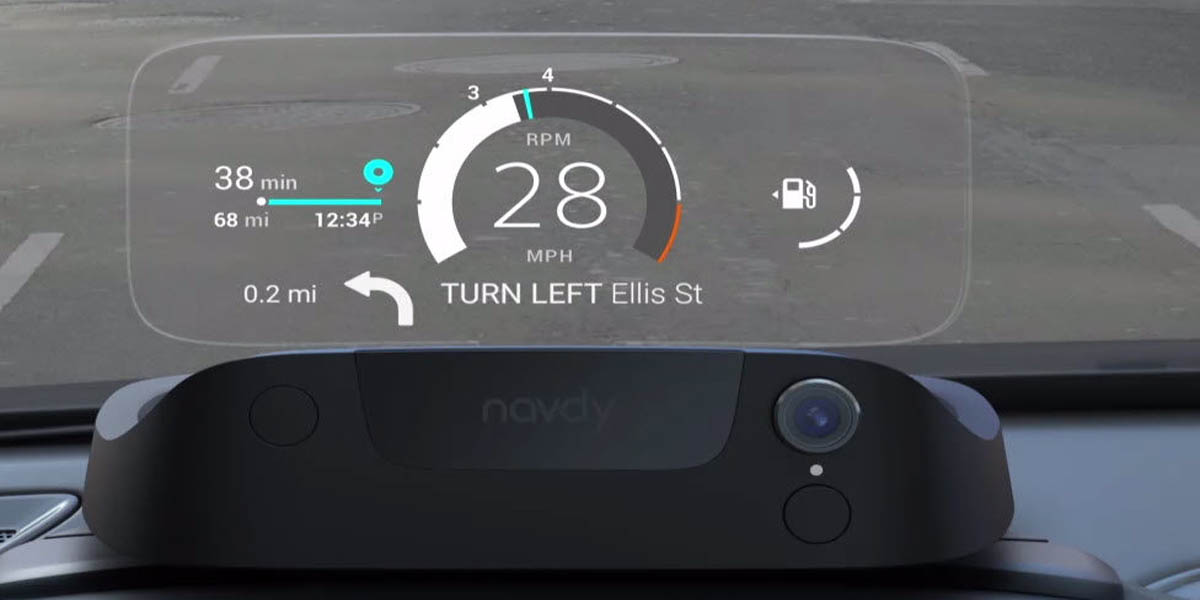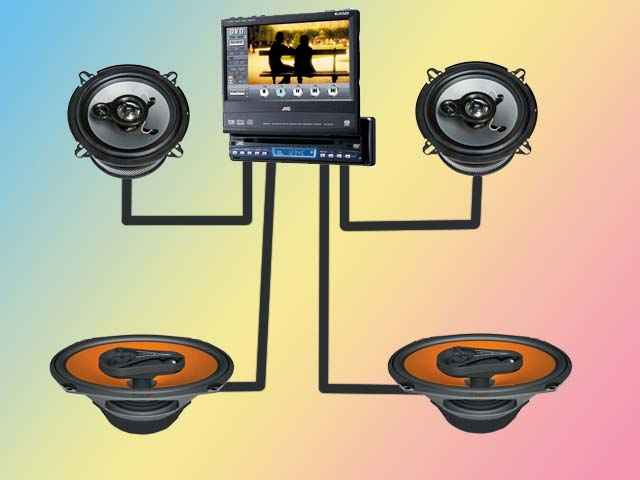
Mobile phones: devices that will turn your car into a smart car
Content
Replacing car keys with a smartphone offers a number of benefits. Automakers are touting the ability to use more sophisticated encryption technology to improve the safety and functionality of cars, turning them into smart cars or cars of the future.
As long as smartphones exist, people use them while driving. It usually hurts the driver's attention, but recent advances in phone integration, app mirroring, and vehicle connectivity are the hope for the bottom of that Pandora's box.
Today, phone mirroring technologies work to help reduce driver distraction by monitoring and optimizing our media and map interactions. Tomorrow your phone will be able to provide even more connectivity on the go, we hope to balance security as capacity increases. And one day, your phone may even replace your keys as the primary way to access (and share) your car.
The evolution of Android Auto and Apple CarPlay
Apple CarPlay and Google Android Auto for smartphone integration and app mirroring have already become widespread since their introduction in 2014 and 2015, respectively, and can now be found as standard features on most models from major car manufacturers. .
In fact, it's more noticeable today when a new model doesn't support one or both of the standards. Smartphone mirroring technology has gotten so good and so cheap that we even see more cars offering Android Auto or Apple CarPlay as their only navigation path, ditching built-in navigation to keep entry-level smartphone models down.
Android Auto and Apple CarPlay have grown significantly over the years, adding dozens of apps to their supported catalogs, expanding the scope of their features, and giving customers more freedom to personalize their experience. In the coming year, both technologies should continue to evolve, adding new features, capabilities and improving the quality of life.
Quick pairing for vehicles
Android Auto is focusing on speeding up the pairing process with a new Fast Pairing feature that will allow users to wirelessly connect their phone to their car with a single tap. and other brands in the near future.
Google is also working to better integrate Android Auto with other car systems and not just the center display, for example by displaying turn-by-turn directions on the digital instrument cluster of future cars. The automotive UI will also benefit as Google Assistant's voice search feature grows, gaining new interface features and tweaks that will hopefully make it easier to interact with messaging apps.
After Google switched to Android Auto on the phone, Google seems to have finally settled on Google Assistant's driving mode, preferring a low-distraction interface for accessing navigation and media in cars that aren't compatible with Android Auto in the dashboard.
Android Automotive
Google's automotive technology ambitions also go beyond the phone; Android Automotive OS, which we saw in the review, is a version of Android installed on the dashboard of a car and provides navigation, multimedia, climate control, dashboard and more. Android Automotive differs from Android Auto in that it doesn't require a phone to run, but the two technologies work well together, and further adoption of Google's dashboard-integrated operating system could enable a deeper and more intuitive smartphone experience. phone applications in the future.
Apple iOS 15
Apple does a better job of delivering the new features it's promised with every iOS update compared to Google with its constant delays, slow rollouts, and occasional disappearance of promised features, with most of the new CarPlay features announced ahead of time. iOS 15 beta. There are new themes and wallpapers to choose from, a new Focus Driving mode that can reduce notifications when CarPlay is active or driving is detected, and improvements to Apple Maps and messaging via Siri voice assistant.
Apple also keeps its cards closer to the vest, so the path for the CarPlay update is a little less clear. However, the IronHeart project is rumored to see Apple increase its hold on the car by giving CarPlay control over car radio, climate control, seat configuration and other infotainment settings. Of course, this is just a rumor that Apple hasn't commented on, and automakers should provide that control first, but not having to switch between CarPlay and OEM software to adjust temperatures certainly sounds promising.
Where are we going, we don't need keys
One of the most promising applications of smartphone technology in the automotive industry is the emergence of the telephone as an alternative to key fobs.
This is not new technology; Hyundai introduced Near-Field Communication-based phone unlock technology in 2012, and Audi added the technology to a production car, its flagship A8 sedan, in 2018. no advantages over conventional key fobs, which is why automakers such as Hyundai and Ford have turned to Bluetooth to securely authenticate, unlock, and start their vehicles.
A digital car key is also easier to transfer than a physical key and provides more granular control. For example, you can send full drive access to a family member who needs to run errands for the day, or just give lock/unlock access to a friend who just needs to grab something from the cab or trunk. When they are done, these rights can be revoked automatically, without the need to hunt down people and extract the key.
Both Google and Apple recently announced their own digital car key standards built into Android and iOS at the operating system level, which promise to improve security while speeding up authentication. Maybe next year your friends or family won't have to download a separate OEM app just to borrow digital car keys for half a day. And because each digital car key is unique, they could theoretically be linked to a user profile that is passed from car to car.
**********
:
